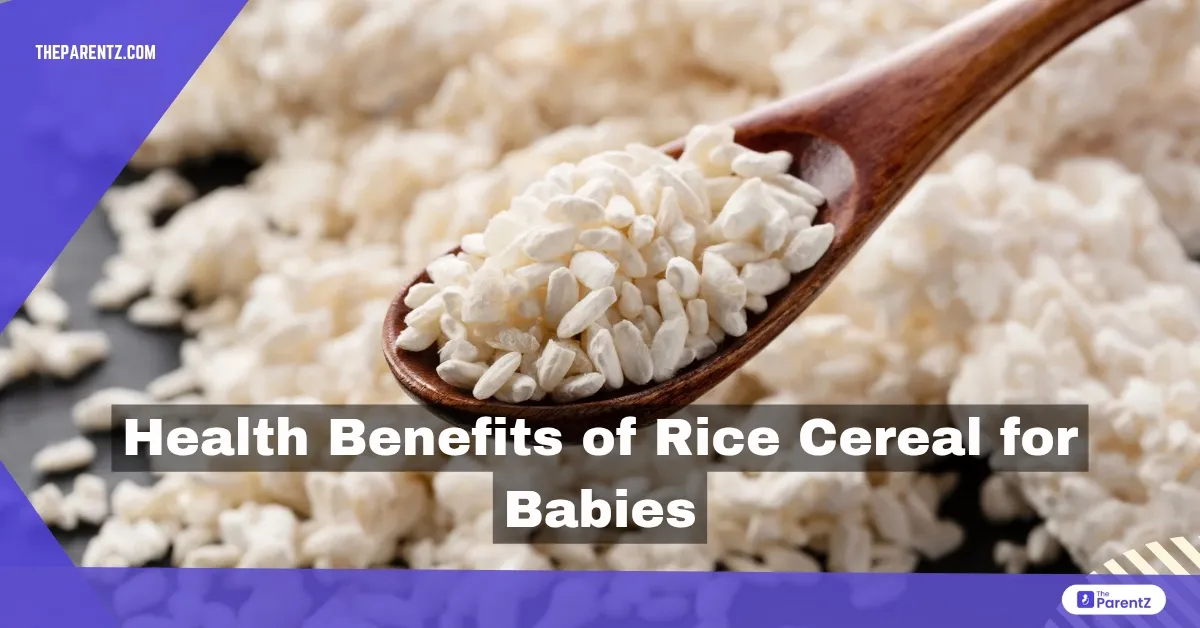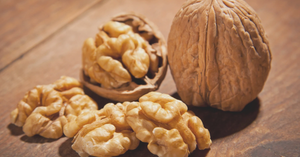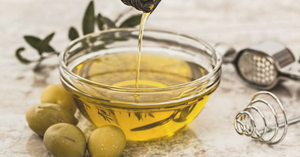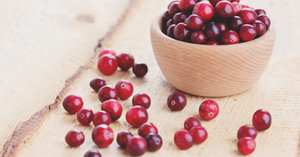Introducing solids to a baby isn’t just about watching their faces scrunch up at new textures — it’s about laying the foundation for a lifetime of healthy eating. One of the first foods many parents turn to is rice cereal, and for good reason. Rice cereal has earned its place as a popular starter, thanks to its mild flavor, smooth texture, and gentle impact on a baby’s digestive system. But here’s the part many new parents miss: rice cereal is more than just a tummy filler.
Read below this article to explore the health benefits of rice cereal for babies.
Gentle on Tiny Tummies
The early days of introducing solids are like stepping into a new world for a baby’s digestive system. Unlike adults, babies’ stomach linings and enzymes are still developing, which is why starting with easily digestible foods is crucial. Rice cereal, made from finely ground rice and fortified with essential nutrients, is known for being hypoallergenic and soft on the stomach.
According to pediatric nutrition experts, rice cereal’s simple composition means fewer cases of gas, constipation, or allergic reactions. About 30 percent of pediatricians recommend it as a first food for precisely this reason.
A Good Source of Iron
Here’s a fact that surprises many new parents: babies are born with iron reserves, but by the time they hit six months, those stores begin to dwindle. That’s where iron-fortified rice cereal steps in as a reliable helper.
Studies show that iron deficiency affects nearly 20 percent of babies worldwide between 6 to 24 months. Including iron-fortified rice cereal in a baby’s daily diet can help prevent anemia — a condition that can quietly sap away their growth and energy. Iron plays a critical role in brain development too, making this an unskippable nutrient for babies learning, growing, and hitting their milestones.
Easy Transition to Solids
Let’s pause and consider the baby’s journey: for six months, milk has been their one and only food source. Now, they’re facing spoons and new flavors. Rice cereal, with its neutral taste and smooth, almost liquid texture, helps bridge the gap between liquid and solid food.
Many parents mix rice cereal with breast milk or formula to help the baby accept the new consistency without overwhelming their palate. It’s the culinary equivalent of training wheels — simple, safe, and confidence-building for both parent and child.
Allergy-Friendly First Choice
In today’s world, food allergies are a rising concern among parents. According to research published in the Journal of Allergy and Clinical Immunology, about 6 percent of children under age 5 experience some form of food allergy. The truth is, the earlier the exposure to safe, allergy-friendly foods, the smoother the child’s food journey tends to be.
Rice cereal is naturally gluten-free, making it a safe choice for little ones — especially in families with a history of wheat or gluten sensitivity. For babies at higher risk of food allergies, rice cereal offers a gentle introduction to solid meals.
Versatile Ingredient
Another hidden strength of rice cereal is its flexibility. You can control the consistency — thin for beginners, thicker for older babies. You can mix it with pureed fruits, mashed vegetables, or even breast milk for added taste and nutrition. This adaptability not only keeps mealtime interesting but also supports the gradual introduction of new flavors.
This is one reason why nutritionists suggest using rice cereal as a base while expanding a baby’s diet. It helps reduce the chances of picky eating later on — giving parents one less mealtime struggle down the road.
Conclusion
Rice cereal might look plain on the plate, but beneath its bland appearance lies a world of benefits designed to nurture your baby’s early development. From gentle digestion to iron fortification, this humble cereal plays a starring role in your child’s growth journey.








Be the first one to comment on this story.